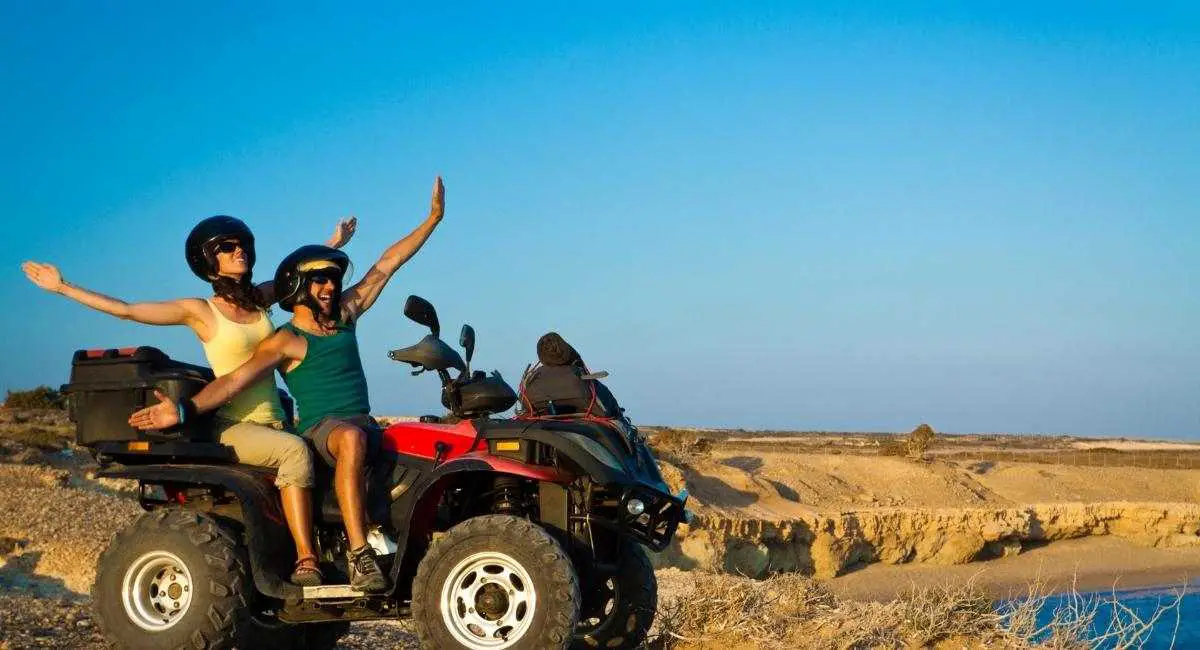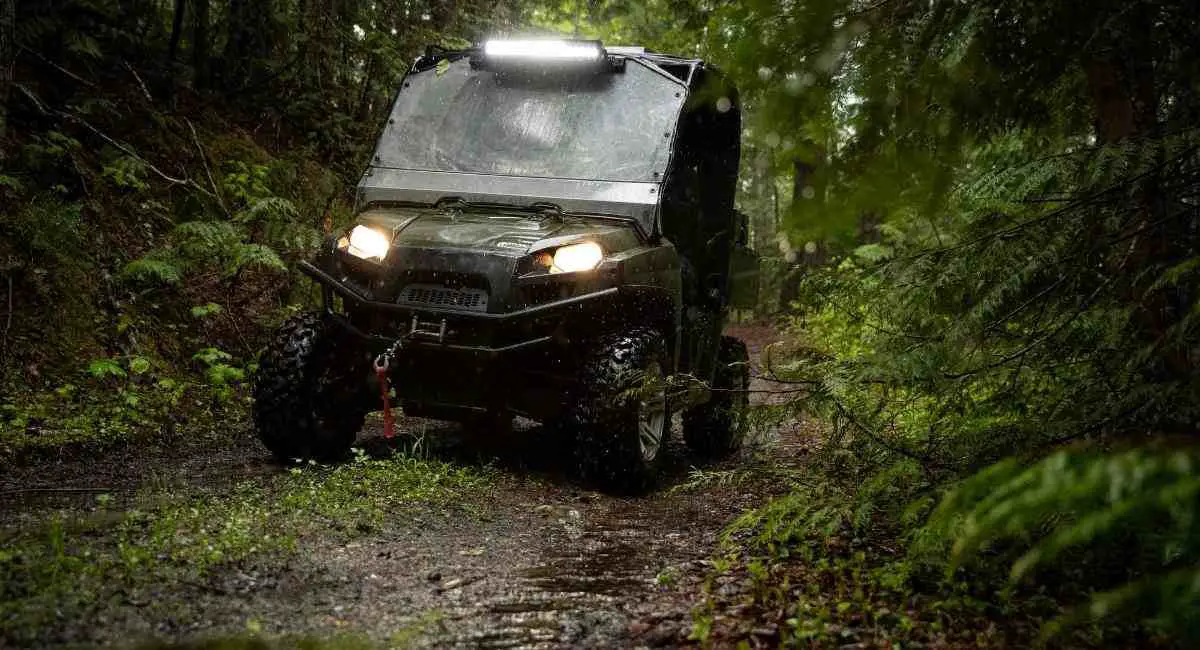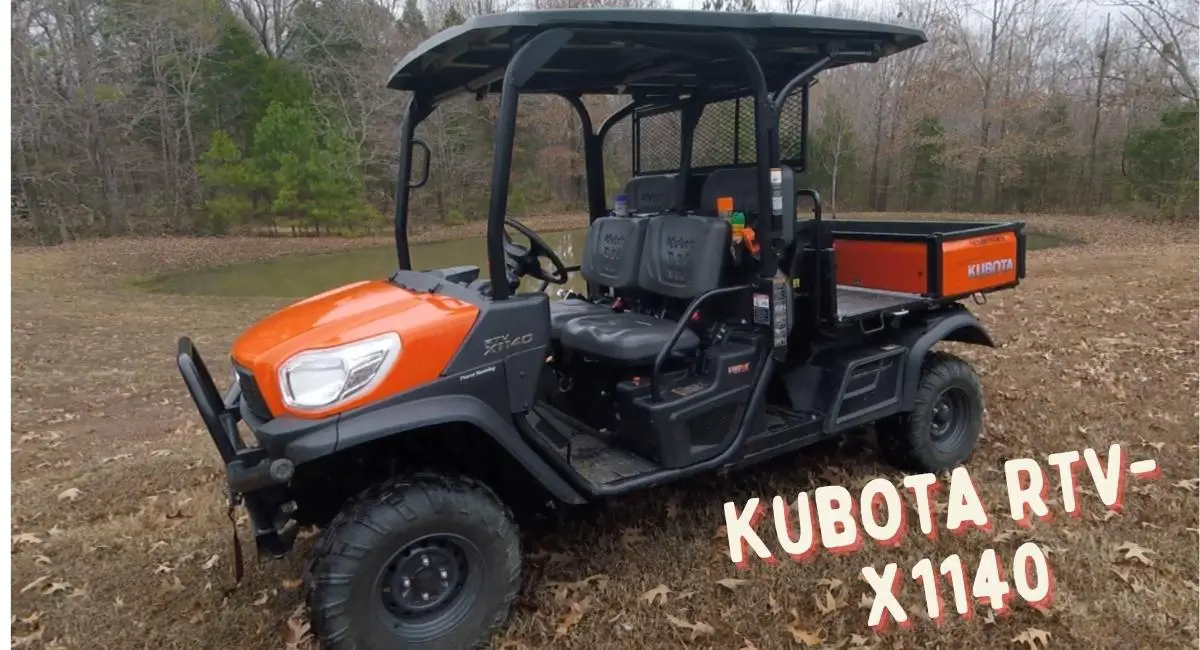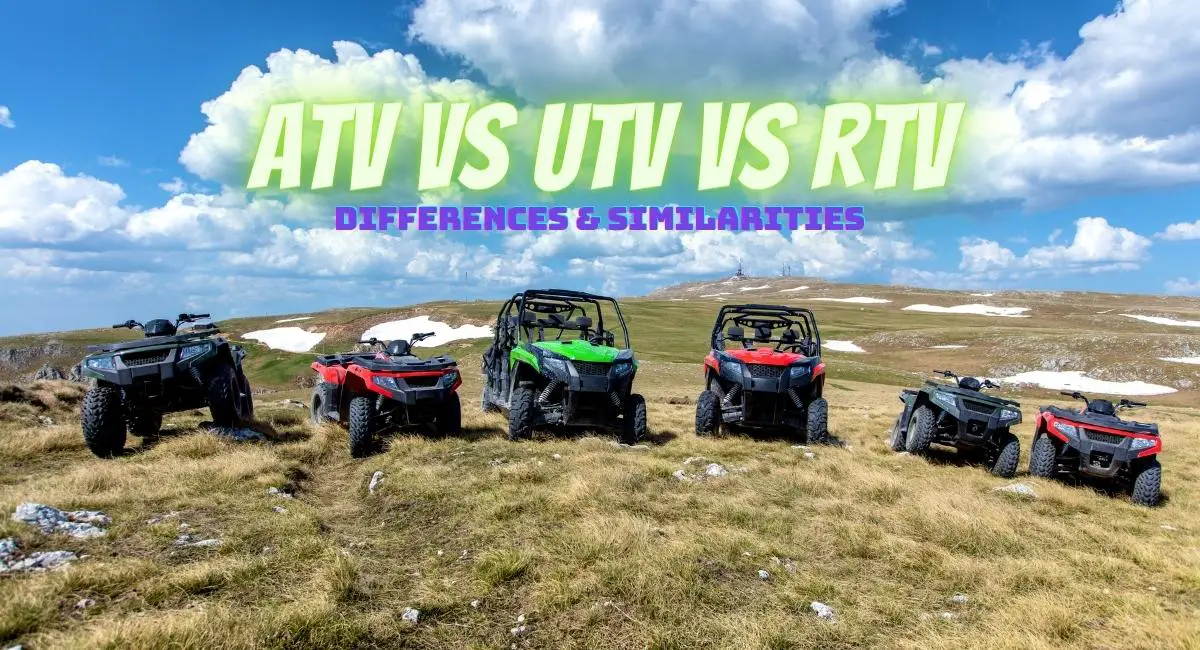When talking about off-road vehicles, the terms ATV, UTV, and RTV often come up. Ideally, these acronyms are used to refer to different types of off-road vehicles designed to make it easy to access trails and other areas that may be impossible to access using ordinary on-road cars.
Shopping for an off-road vehicle can be a great adventure, but choosing among these three variations can be quite challenging. In today’s article, we’ll compare and contrast their features to determine which of these off-road vehicles is best for your needs.
Overview of ATV

An ATV, which is the short form of ‘All-Terrain-Vehicle’, is an off-road motor vehicle capable of driving both on paved and gravel surfaces. Originally, ATVs we designed to accommodate just the operator, but nowadays, it is not uncommon to find ATVs that can accommodate more than one person.
An ATV is also commonly referred to as a quad bike or simply quad, and is often used for recreation purposes. Apart from recreation, ATVs are also used for occasional hauling jobs, farming, hunting, as well as in law enforcement operations.
Features of an ATV
Carrying capacity- ATVs are single-ride motor vehicles, but modern versions offer extra seat(s) for the passenger.
Steering technique-Generally, ATVs come with handlebars that the rider uses to steer the vehicle, thus allowing it to accelerate or decelerate.
Number of wheels- Modern ATVs come with four wheels. Most countries have banned the use of three-wheeled ATVs.
Speed limit- On average, ATVs drive at a speed of up to 65 mph, but powerful versions can go up to 80 mph or even higher. However, it is always recommended to tone down on the speed when riding on extremely tough terrains to reduce the risk of accidents such as overturning.
Cabin design- A typical four-wheel ATV is often open-topped, but some models may come with a cab enclosure.
Safety considerations- Just like any other off-road vehicle, riding an ATV comes with a range of safety risks. As such, it is critical to wear safety gear, including protective boots, a helmet, and protective clothing to ensure that you’re always protected in case of an accident.
Advantages of ATVs
- ATVs are considerably less expensive than their UTV and RTV counterparts
- ATVs are easy to ride especially if you’ve used a motorbike before
- Great for group/tour trail rides
- Perfect for tight spaces
Disadvantages of ATVs
- Their compact size is a big setback, especially when you want to ride with your family
Overview of UTV

Just like ATVs, UTVs (Utility Terrain/Task Vehicles) are off-road vehicles specially designed to let you take on any terrain. UTVs are sometimes referred to as side-by-side (SxS), which is attributed to their ability to accommodate passengers side by side.
Unlike their ATV counterparts, UTVs are considerably large and powerful off-road vehicles with enough space to accommodate up to one to six occupants. UTVs are perfect for recreational activities, but they are mostly used to transport workers and equipment to worksites that are impossible to access using ordinary trucks.
Features of UTVs
Carrying capacity- Ideally, UTVs offer a seating capacity of more than one person. For instance, models such as the Polaris Ranger Crew series can accommodate up to six people.
Steering technique- UTVs use an ordinary steering wheel meaning they are steered like regular vehicles. In addition, they are fitted with a foot pedal to aid with acceleration and deceleration.
Numbers of wheels- Typical UTVs come with four wheels, but there are a few models with extra wheels to accommodate different needs.
Speed limit- The speed limit of UTVs may vary from one model to another, but generally, the maximum speed limit is about 85 mph.
Cabin design- Unlike ATVs which are often open-topped, UTVs are generally fitted with an enclosed cabin to protect occupants and provide shade.
Safety considerations- One advantage UTVs have over ATVs is the inclusion of additional safety features, including seat belts, windshield, and overhead cabin to protect passengers in case of an accident. However, it is still recommended to wear protective clothing before taking on any track.
Advantages of UTVs
- More space for more riders, meaning you can ferry your family and friends as you roam around
- UTVs are generally more safe compared to ATVs
- UTVs also offer a wide range of customization options
Disadvantages of UTVs
- Generally slower than ATVs
- More pricy

Overview of RTV
A RTV (Rough Terrain Vehicle) is yet another variation of an off-road vehicle specially designed to take on a wide range of terrains as compared to regular vehicles. As the name suggests, a RTV can drive over a rugged landscape with ease, and you can use it in a range of setups, including construction sites, farms, parks, etc.
Now, what is the difference between an ATV and a RTV? Perhaps one of the main advantages an RTV has over its ATV counterpart is that the former is known to be not only safer but also considerably more comfortable.
RTVs are popular among their users thanks to their exceptional off-road performance and improved comfort level. In addition, when comparing RTV vs ATV, the former is relatively robust, and it offer a versatile solution to anyone looking for an easy way to run errands both on-road and off-road.
Features of RTVs
Carrying capacity- RTVs are often two or four-passenger vehicles, but the seating capacity may vary from one model to another. The best part about RTVs is that they come in an ergonomic design for maximum comfort for both the driver and the passenger.
Steering technique- Just like other utility vehicles, RTVs come with an ordinary steering wheel and a foot pedal. This allows you to enjoy a comfortable and smooth ride while ensuring optimal drivability on all terrains.
Number of wheels – Generally, RTV comes with four wheels specially designed for exceptional traction and optimum hill control irrespective of its seating capacity.
Speed limit- When it comes to the speed limit, RTVs can attain up to 85 mph to allow the operator to accomplish different kinds of tasks, from patrolling the farm to transporting construction materials.
Cabin design- Much like other utility vehicles, RTV comes with an enclosed cabin to keep you safe from external factors. Furthermore, the sturdy outer frame adds to the ruggedness of the vehicles, thereby allowing you to work all day long under all conditions.
Safety considerations- Accidents are unforeseen and they can happen when you least expect them. As such, it is always a good idea to take precautions by wearing the recommended protective clothing and sturdy foot ware.
Advantages of RTVs
- It accommodates side-by-side riding
- Designed with safety in mind
- Most RTVs come with extra storage space to provide you with enough space to store your equipment
- They also offer a variety of customization features
Disadvantages of RTVs
- Relatively pricy than ATVs
- You’ll also need to pay extra for safety gear and accessories

The Bottom Line- Which Off-road Vehicle is Best?
Whether you’re looking for something to take on granny trails or something to haul materials and supplies to a new construction site, these off-road beasts are your best companion. The best thing about these off-road vehicles is that they are designed to tackle even the toughest terrains and provide outstanding versatility.
However, if you are looking for something that will allow you to bring along family members or any other passenger, then a UTV or a RTV is your best bet. In addition, these utility vehicles offer a better towing capacity compared to an equivalent ATV. What’s more, both UTVs and RTVs are your best choice if prioritize safety, especially when riding with your family.
On the other hand, ATVs are a popular choice for farm managers who are out to inspect livestock, fertilize crops, inspect irrigation field crops, or anyone looking for something to ferry things from one place to another. In addition, if you are one of those people who enjoy riding solo, then an ATV will suit you just fine.
Ideally, the best choice between ATV vs UTV or RTV vs UTV ultimately comes down to the primary uses of your off-road vehicle, budget estimation, and space considerations. The best thing about these off-highway vehicles is that they are ideal for both recreation and work purposes, so no matter what variation you choose, you’re guaranteed of an adrenaline-pumping adventure.




